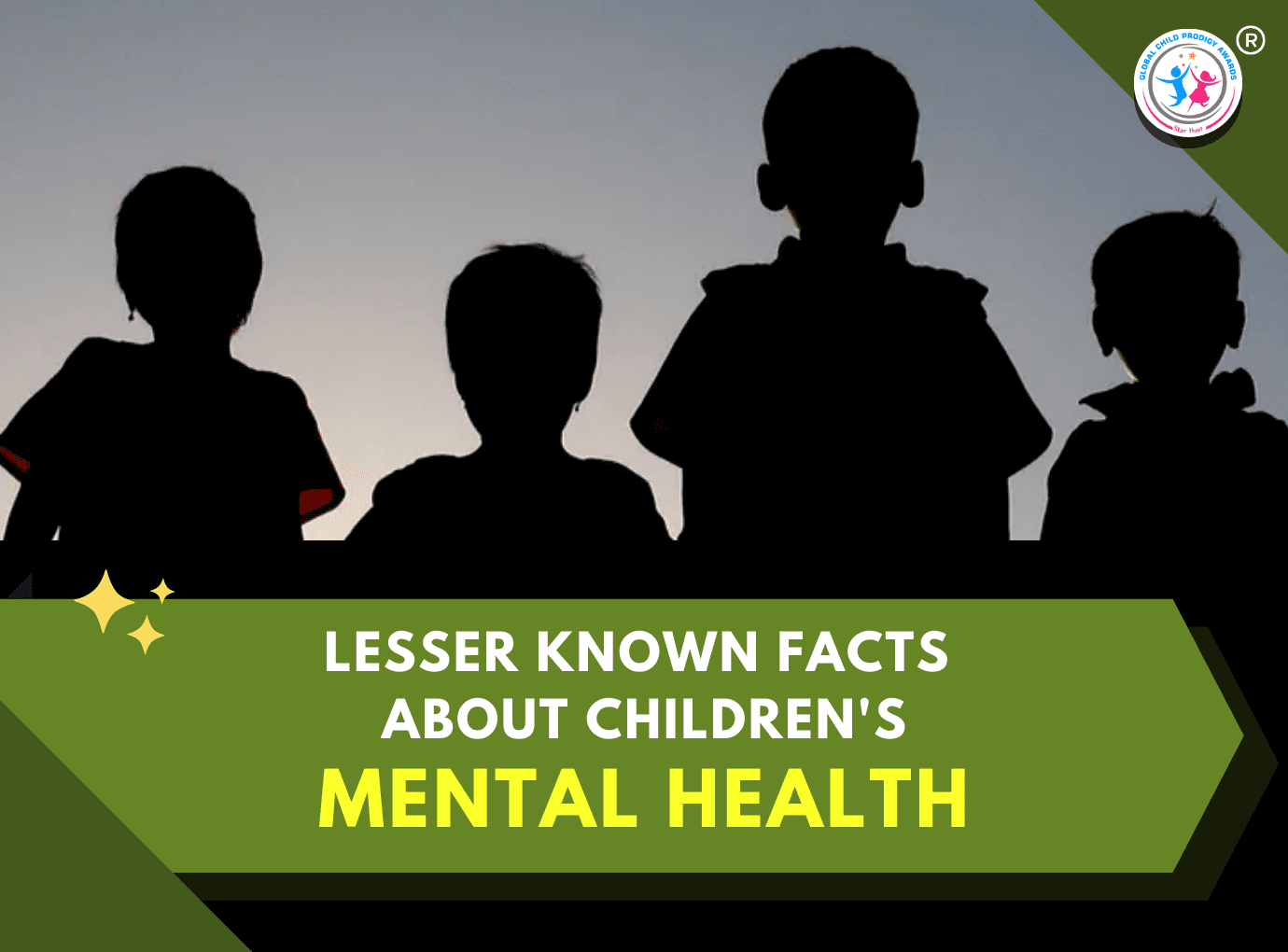Children can have mental and emotional problems that may be really painful and stressful for them. These problems, also known as “disorders,” can affect children’s mental health, their families, and studies. As per an estimation, around one in every five children and adolescents may have a mental health disorder. Such disorders need to be identified and treated well.
The cause of mental health disorders in children and adolescents can be biological factors, environmental factors, or a combination of both. Few examples of biological factors are genetics, damage to the central nervous system, and chemical imbalances in the body. And environmental factors can include exposure to violence, extreme stress, and an important person’s loss.
All these disorders can impact a child’s overall health seriously. Some disorders are more common, and others are not. We have explained a few particular mental, emotional, and behavioral disorders and facts about them below that may occur in children & affect children’s mental health:
Anxiety Disorders
Young children sometimes experience excessive fear, worry, or uneasiness. These children may have an anxiety disorder. Anxiety disorders are one of the most common childhood disorders. According to a study of children between 9 and 17, almost 13 of every 100 young people have an anxiety disorder. Such disorders include:

- Unrealistic phobias and overwhelming fears of objects & situations.
- Generalized anxiety disorder: It causes a child to demonstrate a pattern of excessive and unrealistic worry that cannot be related to any recent experience.
- Panic disorder: It causes “panic attacks” and includes physical symptoms, such as a rapid heartbeat and dizziness.
- Obsessive-compulsive disorder: Due to this disorder, children can be trapped in a pattern of thoughts and weird behavior, such as counting or hand washing again & again.
- Posttraumatic stress disorder: It causes a pattern of flashbacks in children. It mostly occurs in children who have experienced a psychologically distressing event, such as violence, abuse, or natural disasters.
Severe Depression
Most people once believed that severe depression does not occur in childhood. But today, most experts agree that severe depression can occur at any age, even in little children. Research by the National Institutes of Health shows that two of every 100 children may face significant depression. Moreover, as many as eight of every 100 adolescents may be affected. This disorder can be identified by changes in:

- Emotions: Children may feel sad, cry, or feel too worthless.
- Motivation: Children lose interest in studies and play activities.
- Physical well-being: They may experience changes in sleeping patterns and may have physical complaints.
- Thoughts: Children may believe that they are ugly, unable to do anything, or that the world or life is hopeless.
Parents need to be aware that some children with depression may not value their lives. Moreover, they may feel very low and can attempt suicide.
Bipolar Disorder

Children can sometimes demonstrate extreme mood swings that range from very highs, such as excitement, to very lows, such as depression. Such children may have bipolar disorder, also known as manic depression. During manic phases, children may talk nonstop, need very little sleep, and show poor judgment. At the low end of such mood swings, children may experience severe depression. Bipolar disorders can recur throughout life.
Attention Deficit Hyperactivity Disorder

Young people with attention deficit hyperactivity disorder cannot concentrate. They are often impulsive and easily distracted. According to research by the U.S. Department of Health and Human Services, this disorder occurs in up to five of every 100 children. Most children with this disorder face difficulties like remaining still, taking turns, and keeping quiet. Parents need to identify such symptoms and take needful actions on time in case of such disorder.
Learning Disorders

Learning disorders are a type of difficulty that makes it harder for children to express and receive information. Therefore, these disorders can be seen as problems with spoken and written language, attention, self-control, or coordination.
Treatment, Support Services, and Research:
Now, there is a source of hope for children who are facing these disorders as many experts believe that even children face mental & emotional problems. Most of the symptoms, pain, and stress can be handled with timely and appropriate treatment and supports. Moreover, many researchers are working to achieve new scientific insights that would be helpful for better treatments and cures for mental, emotional, and behavioral disorders.
We hope that the article was helpful for all the parents to understand more about their children’s mental health.
Also Read: Ways to manage a child’s anger
Creative Content Writer at GCPA | Four Years of Experience in Content Writing
Feel free to contact me at Team@139.84.133.140

